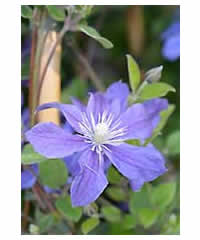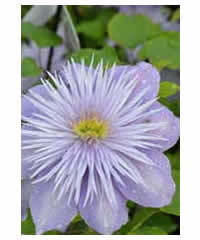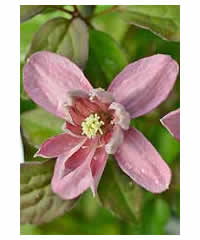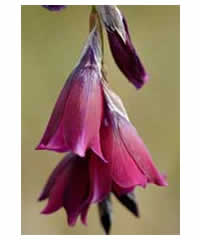- Delivery
- Best Sellers
- Home
- 01237 431111

Westcountry Nurseries
for beautiful gardens all year round


 Clematis 'Arabella' AGM
Clematis 'Arabella' AGM  Clematis 'Crystal Fountain'
Clematis 'Crystal Fountain' Clematis 'Barbara Harrington' AGM
Clematis 'Barbara Harrington' AGM  Clematis 'Chevalier'
Clematis 'Chevalier' Clematis montana 'Broughton Star' AGM
Clematis montana 'Broughton Star' AGM Dierama 'Blackberry Bells'
Dierama 'Blackberry Bells'
 Our Story Information about our nurseries
Our Story Information about our nurseries
 Chelsea - Gold Winner! We won gold at Chelsea flower show!
Chelsea - Gold Winner! We won gold at Chelsea flower show!
 Our Awarding Lupins Our award winning Lupins varieties
Our Awarding Lupins Our award winning Lupins varieties